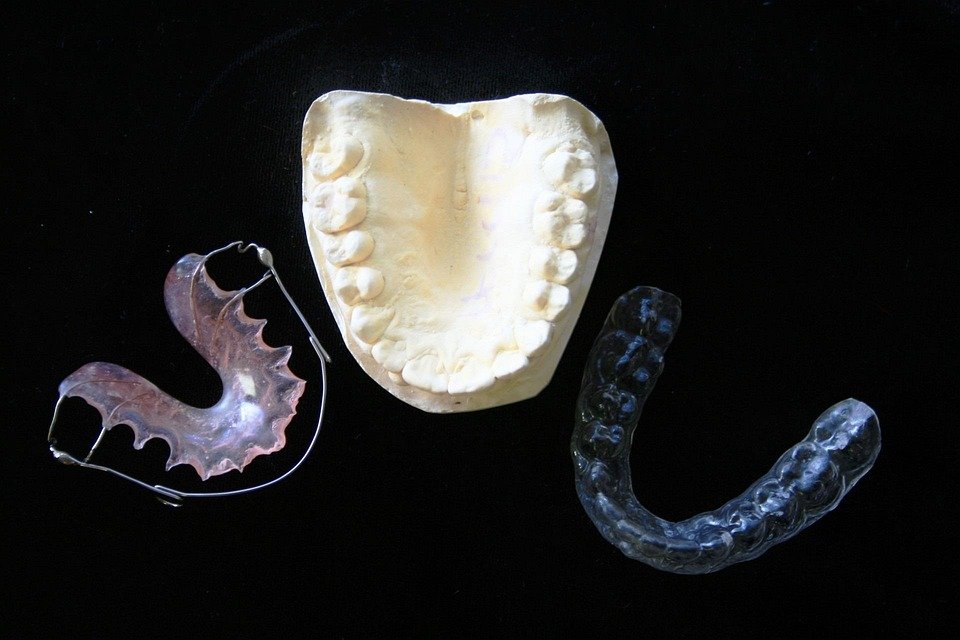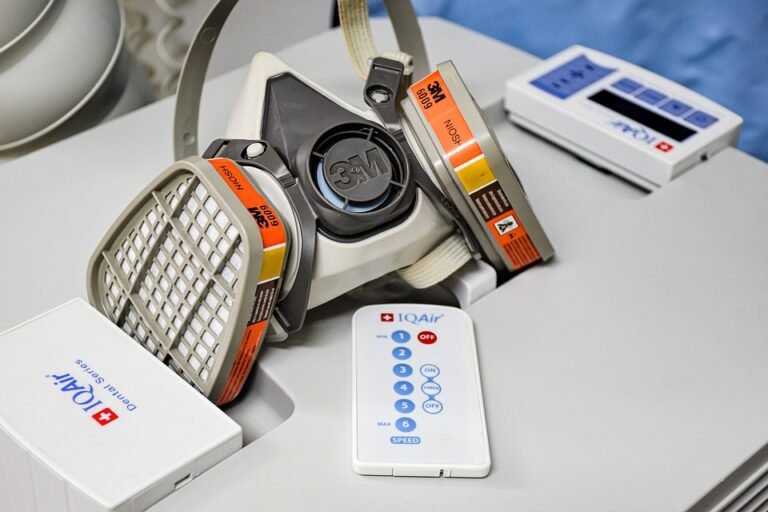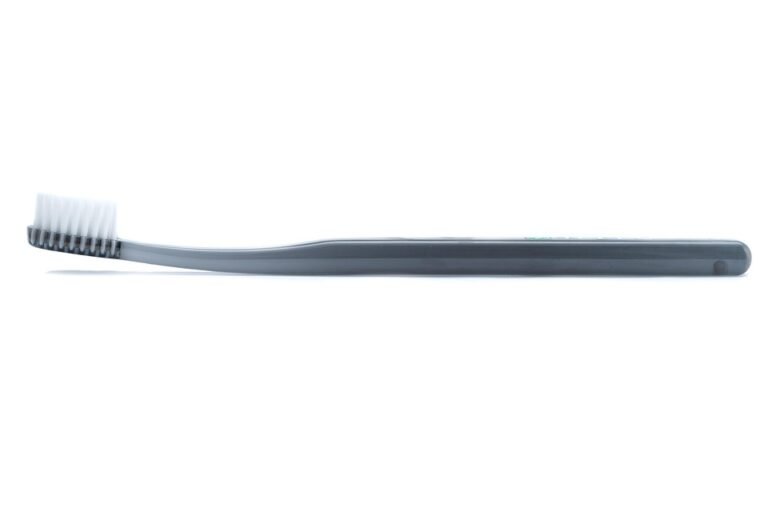How can hands-on skills be taught effectively online in dentistry?
Okay, so I’m a dental school professor, and we’re really struggling with how to teach our students practical, hands-on clinical skills effectively now that we’re forced to do so much online. I’m talking about things like cavity preparations, impressions, suturing, even basic things like holding instruments correctly.
Lectures are fine for the theory, but how do we bridge that gap to actual doing when students aren’t physically in the lab or clinic? We’ve tried recording demonstrations, but it feels like it’s not enough. Students need real-time feedback and the ability to try it themselves and make mistakes (safely!).
Specifically, I’m interested in hearing about:
- Specific technologies or software that might help simulate the dental environment and provide haptic feedback. We’ve looked at a few simulators, but they’re often incredibly expensive. Are there any more affordable options?
- Creative teaching methods you’ve seen work well. For example, are there ways to use common household items to practice certain techniques?
- Assessment strategies that can accurately gauge a student’s hands-on abilities remotely. How do we know they’re truly grasping the concepts and techniques without direct observation?
- How to deal with students who have limited access to materials or technology at home? We want to ensure everyone has equal opportunity to learn.
Any advice or experiences you can share would be incredibly helpful. We’re really trying to find innovative solutions to ensure our students are well-prepared even with these limitations.
Answer
Teaching hands-on skills in dentistry effectively online presents a significant challenge, as the profession inherently relies on tactile learning and direct patient interaction. However, with careful planning, innovative approaches, and appropriate technology, online instruction can be designed to complement traditional in-person training and enhance the development of psychomotor skills.
I. Foundational Knowledge and Conceptual Understanding:
Before delving into simulated or virtual practice, a strong foundation of theoretical knowledge is crucial. Online platforms excel at delivering this component.
-
Asynchronous Learning Modules: High-quality pre-recorded lectures, demonstrations, and interactive tutorials can be created, allowing students to learn at their own pace and review materials as needed. These modules should cover:
- Dental Anatomy and Morphology: Detailed 3D models and animations of teeth and oral structures are invaluable for understanding the intricacies of tooth form, root canal systems, and anatomical landmarks. Rotatable, zoomable models with labeled parts enhance comprehension.
- Instrument Handling and Ergonomics: Video demonstrations showcasing proper grip, finger rests, and body positioning for various instruments are essential. Emphasis should be placed on ergonomic principles to prevent musculoskeletal disorders.
- Material Science: Explanations of the properties, mixing techniques, and handling characteristics of dental materials (composites, cements, impression materials, etc.) are critical. Videos of proper mixing ratios and working times are helpful.
- Step-by-Step Procedures: Break down complex procedures into manageable steps. Each step should be clearly explained and demonstrated, highlighting potential challenges and troubleshooting tips.
-
Synchronous Online Discussions: Live sessions using video conferencing platforms allow students to engage with instructors and peers in real-time.
- Q&A Sessions: Addressing student questions and clarifying concepts.
- Case-Based Discussions: Presenting clinical scenarios and guiding students through the diagnostic and treatment planning process.
- Expert Demonstrations: Inviting guest lecturers to demonstrate advanced techniques or share clinical pearls.
- Live Demonstrations with Interactive Elements: Instructors can perform procedures on models or extracted teeth while students provide feedback and ask questions, fostering an interactive learning environment.
II. Simulation Technologies:
Simulation plays a pivotal role in bridging the gap between theoretical knowledge and clinical practice. Several simulation technologies can be integrated into online dental education.
-
Virtual Reality (VR) Simulators: VR simulators offer the most immersive and realistic experience. Students can use haptic devices to simulate the feel of drilling, scaling, and other dental procedures. Key features include:
- Realistic Visuals: High-resolution graphics create a visually accurate representation of the oral cavity and dental instruments.
- Haptic Feedback: Force feedback technology allows students to feel resistance and texture, simulating the sensation of working on tooth structure.
- Performance Tracking: The simulator tracks student performance metrics such as accuracy, speed, and force applied, providing valuable feedback for improvement.
- Variety of Procedures: Simulators can be programmed to mimic a wide range of procedures, including cavity preparations, endodontic access, implant placement, and periodontal scaling.
-
Augmented Reality (AR) Applications: AR overlays digital information onto the real world, allowing students to practice instrument handling and tooth identification in a more interactive way.
- Tooth Identification Apps: Students can use their smartphones or tablets to scan dental models and receive information about tooth anatomy, landmarks, and nomenclature.
- Instrument Tracking: AR can track the movement of dental instruments and provide feedback on proper angulation and technique.
-
Dental Mannequins with Enhanced Features: While not entirely online, incorporating advanced dental mannequins can significantly enhance at-home practice when combined with online instruction.
- Realistic Tooth Models: Mannequins should feature teeth with varying degrees of hardness and anatomy, allowing students to experience the challenges of working on different tooth types.
- Adjustable Articulators: Allowing students to practice working in different occlusal relationships.
- Integrated Feedback Systems: Some mannequins incorporate sensors that provide feedback on student performance, such as the amount of force applied during drilling or the accuracy of cavity preparation.
III. Remote Monitoring and Feedback:
Effective online dental education requires robust mechanisms for monitoring student progress and providing personalized feedback.
-
Video Recording and Submission: Students can record themselves performing procedures on dental models or extracted teeth and submit the videos for instructor review.
- Structured Assessment Rubrics: Instructors should use standardized rubrics to evaluate student performance based on specific criteria such as instrument handling, tooth preparation, and infection control.
- Detailed Feedback: Providing constructive criticism and specific recommendations for improvement.
- Peer Review: Encouraging students to review each other’s videos can promote critical thinking and self-assessment.
-
Live Telementoring: Instructors can remotely observe students performing procedures in real-time using video conferencing technology.
- Real-Time Guidance: Providing immediate feedback and guidance as students work.
- Remote Demonstration: The instructor can demonstrate specific techniques remotely, allowing students to observe and learn from the instructor’s expertise.
-
Online Quizzes and Assessments: Regularly assess student understanding of theoretical concepts and procedural steps.
- Multiple-Choice Questions: Testing knowledge of dental anatomy, material science, and treatment planning.
- Image-Based Questions: Assessing the ability to identify anatomical landmarks and diagnose dental conditions.
- Case-Based Scenarios: Evaluating critical thinking and problem-solving skills.
IV. Developing Psychomotor Skills at Home:
Creating opportunities for students to develop psychomotor skills in a safe and controlled environment at home is crucial.
-
Skill-Based Assignments: Assign tasks that focus on specific skills, such as:
- Tooth Morphology Carving: Using wax blocks to carve teeth, honing their understanding of tooth anatomy and developing fine motor skills.
- Impression Taking Practice: Using typodonts and impression materials to practice impression techniques.
- Suture Practice: Practicing suturing techniques on simulation pads.
- Composite Restoration Simulation: Using composite materials and extracted teeth to simulate the placement of composite restorations.
- Providing Necessary Materials and Equipment: Ensuring that students have access to the necessary materials and equipment to complete the assignments. This may involve creating kits that can be purchased or borrowed from the dental school.
V. Blended Learning Approach:
The most effective approach to teaching hands-on dental skills online is to combine online learning with in-person clinical experience.
- Hybrid Curriculum: A blended curriculum can leverage the benefits of both online and in-person learning. Online modules can be used to deliver foundational knowledge and simulate procedures, while in-person clinical rotations provide opportunities for students to apply their skills under the supervision of experienced clinicians.
- Intensive In-Person Workshops: Short, intensive workshops can be used to provide focused training on specific skills. These workshops should be designed to build upon the knowledge and skills acquired through online learning.
VI. Technology Considerations:
The successful implementation of online dental education relies on reliable technology.
- High-Speed Internet Access: Students need access to high-speed internet to participate in online learning activities.
- Appropriate Hardware and Software: Students may need to purchase or rent specific hardware and software, such as virtual reality headsets, dental simulation software, and video conferencing platforms.
- Technical Support: Providing technical support to students to help them troubleshoot any technical issues they may encounter.
VII. Curriculum Design and Adaptation:
- Chunking Content: Breaking down complex topics into smaller, manageable segments improves comprehension and retention.
- Variety of Learning Activities: Incorporating diverse activities such as videos, simulations, quizzes, and discussions keeps students engaged and caters to different learning styles.
- Accessibility: Ensuring that online materials are accessible to students with disabilities.
- Regular Updates and Revisions: Continuously updating and revising online content to reflect the latest advancements in dental technology and techniques.
By combining these strategies, online dental education can effectively teach foundational knowledge, develop psychomotor skills, and prepare students for clinical practice. It’s crucial to remember that online learning should supplement, not replace, traditional hands-on clinical training. A blended approach offers the greatest potential for success in dental education.






